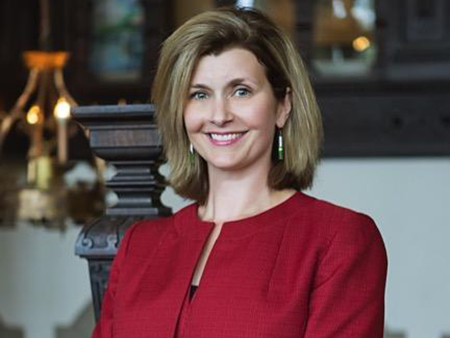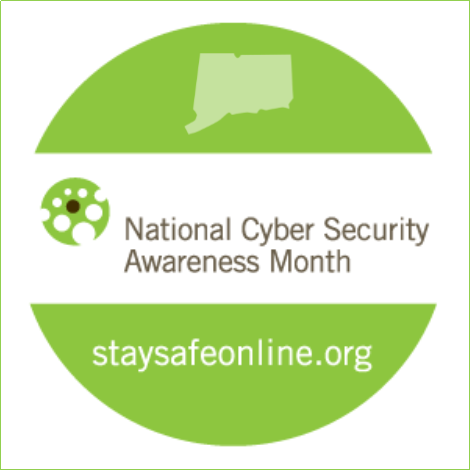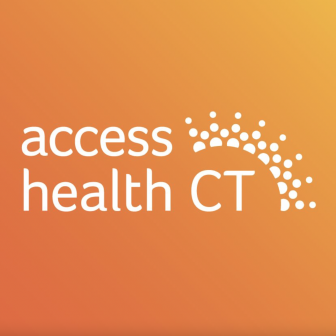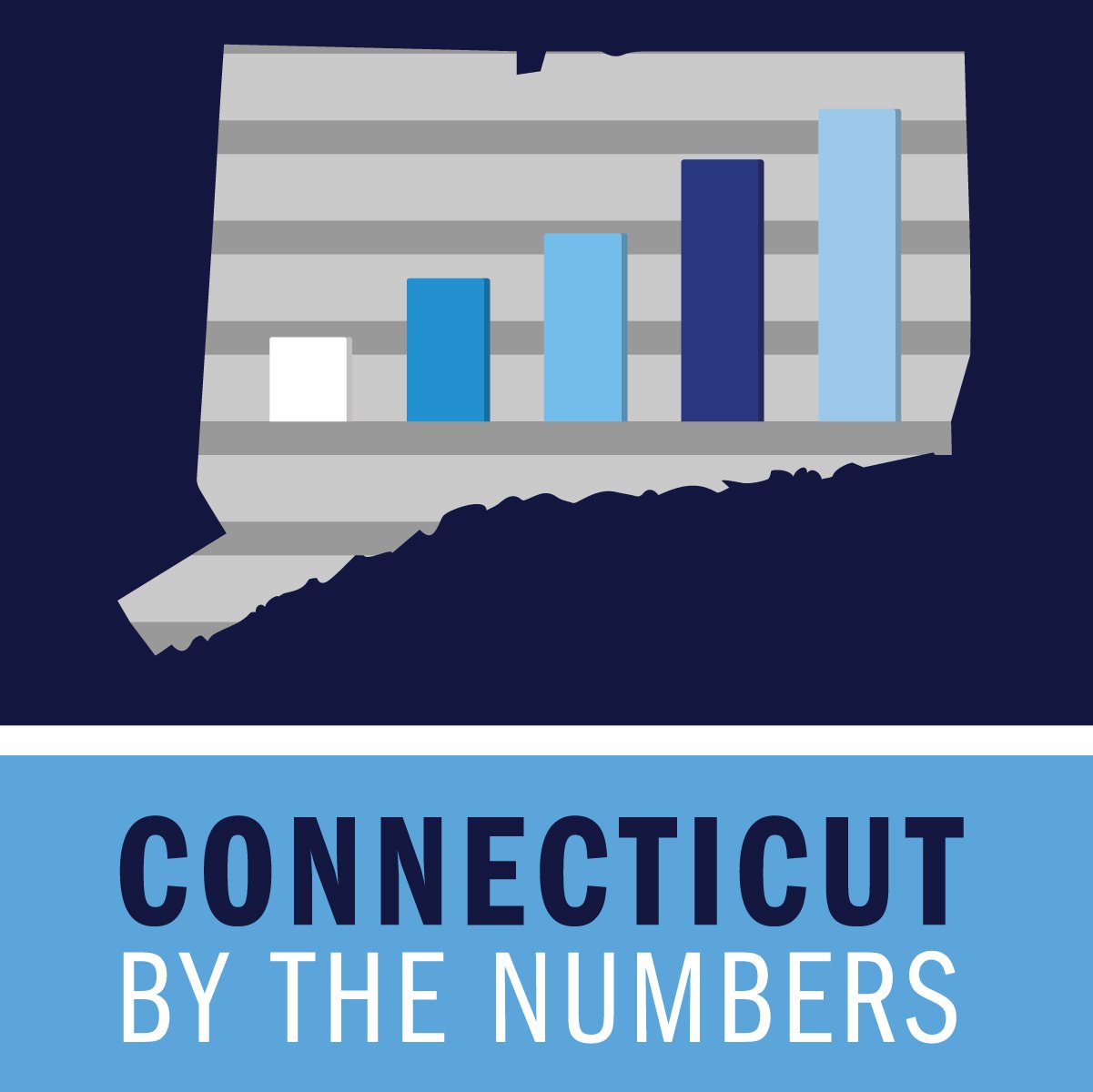CT Educator Named to Key Post in International Dyslexia Organization
/The International Dyslexia Association (IDA) has named Fairfield University’s director of Reading and Language Development, Jule McCombes-Tolis, PhD, as the organization’s new chief academic officer for Educator Training Initiatives. McCombes-Tolis will continue to serve as director of the Reading and Language Development program at Fairfield as she takes on new responsibilities with the IDA.
The mission of the IDA is to support individuals who struggle with dyslexia and other related reading differences around the world. The 63-year-old organization provides current and reliable research to educate families and professionals about dyslexia, and to identify policy changes needed to deliver effective instruction to all students. 
Dr. McCombes-Tolis has been an advocate for student literacy growth throughout her career, including faculty positions at University of Saint Joseph (USJ) and Fairfield University. In addition to holding credentials in both special education and remedial reading, she has served families and school districts across the state of Connecticut - from Bloomfield to Norwalk - as an independent educational evaluator specializing in the identification and remediation of reading disorders. That dual expertise is essential, she explained, as she helps special and general education teachers better understand the literacy needs of diverse student populations.
“IDA’s Educator Training Initiative strives to ensure that all students have access to classroom teachers who are knowledgeable about the principles and practices of structured literacy, and that students who require additional practice — or who require individualized remediation — have access to nationally credentialed specialists who have proven, through their supervised clinical training experiences, that they are able to positively and meaningfully impact students’ reading outcomes," said Dr. McCombes-Tolis.
 The National Institutes of Health estimates that between six to 17 percent of school-age children have some form of dyslexia, although not all of those students have been identified by their schools.
The National Institutes of Health estimates that between six to 17 percent of school-age children have some form of dyslexia, although not all of those students have been identified by their schools.
"Dr. McCombes-Tolis brings not only her significant expertise, but also her visible passion for assuring that teachers across our country and globally have better tools to recognize, understand, and reach students with dyslexia and other reading differences," said Rick Smith, chief executive officer of the IDA.
With academic degrees from the University of Connecticut (Ph.D.) and Southern Connecticut State University (Sixth-Year Degree) and university teaching experience at USJ prior to joining the faculty at Fairfield, McCombes-Tolis has provided expert testimony at the State Capitol, collaborating with the Commission on Children to advocate for policy geared toward reducing the achievement gap, and has served on several key state advisory panels.
In a previous interview, she emphasized, “all of my professional endeavors are focused on helping to ensure that future and current educators are provided with the necessary training and supports to serve the ever-changing needs of children, their families, and their communities.”
Recently, McCombes-Tolis partnered with Norwalk’s Superintendent of Schools (and former Hartford Superintendant) Steven Adamowski on a grant to develop a summer dyslexia training program in an effort to help the district meet their teacher training and student intervention needs in the area of dyslexia. The first cohort of six Brookside Elementary School teachers is receiving training needed to earn certifications with the IDA as dyslexia practitioners. The educators are serving 12 students this summer and will continue to work with them over the course of the next school year. In addition, five Norwalk school psychologists will receive training by Fairfield University in how to diagnose dyslexia.
Earlier this month, Dr. McCombes-Tolis presented Fairfield University’s new Remedial Reading and Remedial Language Arts Certification program to the Connecticut State Board of Education, which received unanimous approval to award the certification as a stand-alone endorsement, and in the context of both a master’s degree and a sixth-year certificate.








 In Hartford, the university intends to “interweave top-tier academic programs with the vitality and unique educational and service opportunities offered by Connecticut’s capital city.” The campus – at a cost of $140 million - is anchored by the historic former Hartford Times building as part of a neighborhood campus that includes nearby cultural institutions and state and city government offices, including Hartford Public Library, which will house 12,000 square feet of UConn classrooms, a library collection, and study areas.
In Hartford, the university intends to “interweave top-tier academic programs with the vitality and unique educational and service opportunities offered by Connecticut’s capital city.” The campus – at a cost of $140 million - is anchored by the historic former Hartford Times building as part of a neighborhood campus that includes nearby cultural institutions and state and city government offices, including Hartford Public Library, which will house 12,000 square feet of UConn classrooms, a library collection, and study areas.
 go, the Board of Trustees voted to extend the Graduate Business Learning Center’s (GBLC) lease at 100 Constitution Plaza, and to add two additional floors to the existing space, allocating a total of six floors of classroom, meeting and office space.
go, the Board of Trustees voted to extend the Graduate Business Learning Center’s (GBLC) lease at 100 Constitution Plaza, and to add two additional floors to the existing space, allocating a total of six floors of classroom, meeting and office space. The building is six stories tall and will have 116 apartment units. the school's website explains. The maximum occupancy of the building is approximately 350 students, but because some of the bedrooms will be single occupancy, the target occupancy is 290 students. Plans call for 100 designated parking spaces for students will be available for a small additional charge.
The building is six stories tall and will have 116 apartment units. the school's website explains. The maximum occupancy of the building is approximately 350 students, but because some of the bedrooms will be single occupancy, the target occupancy is 290 students. Plans call for 100 designated parking spaces for students will be available for a small additional charge.

 The report noted that “Medicaid beneficiaries are prescribed opioids at twice the rate of the rest of the population, and research indicates they are at 3 to 6 times greater risk of a fatal overdose.” The report also observed the impact of the epidemic on the nation’s prison population: Eighty percent of prisoners have a history of drug abuse; 50 percent are addicted to drugs; 60 to 80 percent of prisoners abusing drugs commit a new crime after release; and approximately 95 percent of addicted prisoners relapse when they’re released, according to National Association of Drug Court Professionals (NADCP) data.
The report noted that “Medicaid beneficiaries are prescribed opioids at twice the rate of the rest of the population, and research indicates they are at 3 to 6 times greater risk of a fatal overdose.” The report also observed the impact of the epidemic on the nation’s prison population: Eighty percent of prisoners have a history of drug abuse; 50 percent are addicted to drugs; 60 to 80 percent of prisoners abusing drugs commit a new crime after release; and approximately 95 percent of addicted prisoners relapse when they’re released, according to National Association of Drug Court Professionals (NADCP) data.



 In May, Jepsen announced that Connecticut joined with 46 other states and the District of Columbia in an $18.5 million settlement with the Target Corporation to resolve the states' investigation into the retail company's 2013 data breach. The settlement represented the largest multistate data breach settlement achieved to date. That breach affected more than 41 million customer payment card accounts and contact information for more than 60 million customers. Connecticut will receive $1,012,936 from the settlement, which will be deposited in the state's General Fund.
In May, Jepsen announced that Connecticut joined with 46 other states and the District of Columbia in an $18.5 million settlement with the Target Corporation to resolve the states' investigation into the retail company's 2013 data breach. The settlement represented the largest multistate data breach settlement achieved to date. That breach affected more than 41 million customer payment card accounts and contact information for more than 60 million customers. Connecticut will receive $1,012,936 from the settlement, which will be deposited in the state's General Fund. For the uninitiated, an
For the uninitiated, an 
 Put most succinctly, the website headlines, “Everyone should have access to science.” Towards that end, they’re in the midst of enlisting “a group of scientists dedicated to making science accessible to everyone,” by forming the “Massive Science Consortium.”
Put most succinctly, the website headlines, “Everyone should have access to science.” Towards that end, they’re in the midst of enlisting “a group of scientists dedicated to making science accessible to everyone,” by forming the “Massive Science Consortium.” iven the nation’s key public health target of limiting added sugars in children’s diets, flavored milk has come under scrutiny in the context of school nutrition, UConn Today recently reported.
iven the nation’s key public health target of limiting added sugars in children’s diets, flavored milk has come under scrutiny in the context of school nutrition, UConn Today recently reported.
 Among adults who admit to not always using safety belts in the back seat, 4 out of 5 surveyed say short trips or traveling by taxi or ride-hailing service are times they don't bother to use the belt. Nearly 40 percent of people surveyed said they sometimes don't buckle up in the rear seat because there is no law requiring it. If there were such a law, 60 percent of respondents said it would convince them to use belts in the back seat. A greater percentage said they would be more likely to buckle up if the driver could get pulled over because someone in the back wasn't buckled.
Among adults who admit to not always using safety belts in the back seat, 4 out of 5 surveyed say short trips or traveling by taxi or ride-hailing service are times they don't bother to use the belt. Nearly 40 percent of people surveyed said they sometimes don't buckle up in the rear seat because there is no law requiring it. If there were such a law, 60 percent of respondents said it would convince them to use belts in the back seat. A greater percentage said they would be more likely to buckle up if the driver could get pulled over because someone in the back wasn't buckled.
 The Governors Highway Safety Association issued a report in 2015, "Unbuckled In Back," analyzing the difference in highway fatalities between states that require rear seat passengers to buckle up and those that do not, the Hartford Courant reported. At a Connecticut legislative hearing that year, the paper noted, state Transportation Commissioner James Redeker said that everyone in a passenger vehicle should buckle up, saying statistics show "people become projectiles because they're not strapped in a safety device."
The Governors Highway Safety Association issued a report in 2015, "Unbuckled In Back," analyzing the difference in highway fatalities between states that require rear seat passengers to buckle up and those that do not, the Hartford Courant reported. At a Connecticut legislative hearing that year, the paper noted, state Transportation Commissioner James Redeker said that everyone in a passenger vehicle should buckle up, saying statistics show "people become projectiles because they're not strapped in a safety device."


























